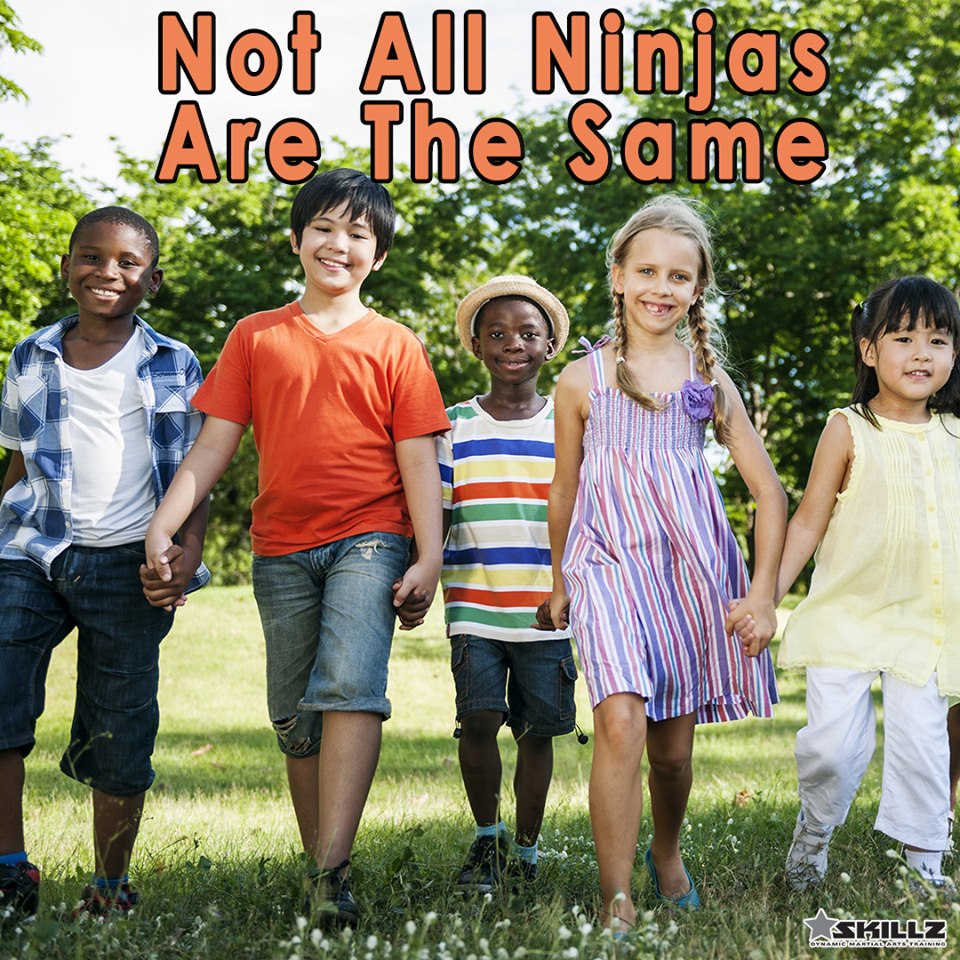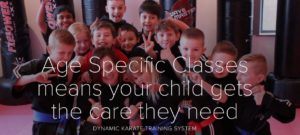Not All Ninjas Are The Same
All parents want the same thing…for their child to be a positive member of society and experience success. And while these are important things, they often come through a push to achieve and be the best in everything. Unfortunately, this is frequently done through comparing their children to others. This, however, often leads to stress and lower self-esteem in children. What is important to remember is that each child has different strengths and rates at which they develop.
The SOLO SKILLZ program was developed so that children would be placed in a class that met their stage of development. Instead of having a 5-year-old in the same class as a 10-year-old and expecting the same outcomes from them, the levels were split based on research in the areas of science and psychology. This helps to target children’s skills and abilities, so they aren’t too challenging or too easy.
The layout of each SKILLZ level is to focus on the needs of that age group. However, parents sometimes still compare their child to others in the class. For example, in the SOLO KIDS SKILLZ class, one child may achieve the agility skill faster, but another child may achieve the concentration skill faster. There is nothing to worry about, they will each achieve the skill when they are ready. The important thing is that they are both achieving new successes compared to where they were before as an individual.
The ultimate goal of this program is to help each child become the best version of themselves. In this statement, “of themselves” is the key. It is important to remember that even within the framework of age-specific classes, there are still individual differences among the children including strengths and rate of learning. As Robert John Meehan said, “Every child has a different learning style and pace. Each child is unique, not only capable of learning but also capable of succeeding.”
And yes, there is a time for a healthy form of competition in order to sometimes give children a little push out of their comfort zone to achieve another level. However, when discussing individual development, one child cannot be compared to another while still aiming to instill self-esteem and drive. Besides, if we could all do the exact same thing at every level, what fun would that be?
We have to remember to meet children where they are in their own individual development. From there, we can make their strengths greater and help them improve in the areas that are more challenging for them. Appreciate each child’s uniqueness and foster their individual development by celebrating their successes and creating the drive in them to achieve more. This use of extrinsic and intrinsic motivation will move them closer to success then comparison will. Remember, “Don’t compare your child to others. There’s no comparison between the sun and the moon. They shine when it’s their time.”
Hers to helping children become the Best version of Themselves
Much respect – Sensei Darren.



